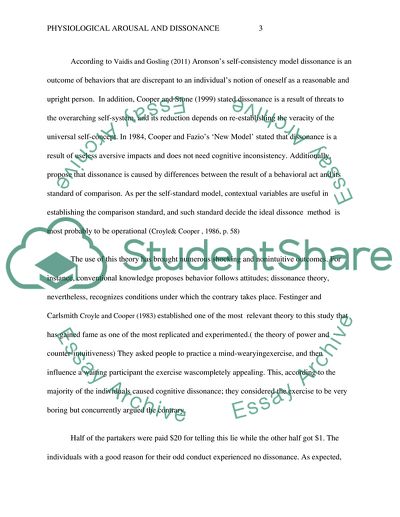Cite this document
(“Phsyological Arousal and Dissonance Essay Example | Topics and Well Written Essays - 1500 words”, n.d.)
Retrieved de https://studentshare.org/psychology/1638230-phsyological-arousal-and-dissonance
Retrieved de https://studentshare.org/psychology/1638230-phsyological-arousal-and-dissonance
(Phsyological Arousal and Dissonance Essay Example | Topics and Well Written Essays - 1500 Words)
https://studentshare.org/psychology/1638230-phsyological-arousal-and-dissonance.
https://studentshare.org/psychology/1638230-phsyological-arousal-and-dissonance.
“Phsyological Arousal and Dissonance Essay Example | Topics and Well Written Essays - 1500 Words”, n.d. https://studentshare.org/psychology/1638230-phsyological-arousal-and-dissonance.


